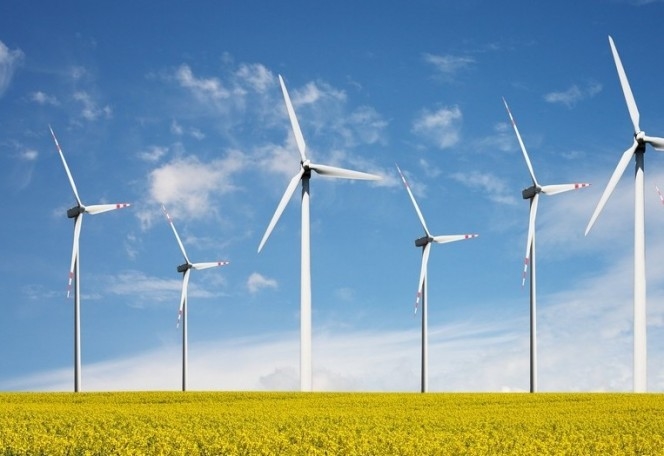The large-scale introduction of onshore and offshore wind turbines remains a societal challenge, despite its potential for providing sustainable energy. In the Netherlands and elsewhere issues of social acceptance have meant that offshore wind energy is increasingly being considered as an option, despite greater technical and economic difficulties as compared to onshore wind. The application of Value Sensitive Design (VSD) to wind parks and turbines could contribute to solutions that are more acceptable from the perspective of relevant values such as justice, sustainability and well-being. VSD is a way of doing ethics that aims at making moral values part of technological design, research and development.
Wolsink (2000) concludes from a survey in the US and the Netherlands that ‘‘most people with (alleged) NIMBY-feelings are not so much in favour of wind power at all’’ (p. 54), and that ‘‘the strongest impact on the general attitude towards wind power concerned the aesthetic value of wind turbines (p. 51).’’ During my study Technique, Policy and Management in the Energy and Industry domain, this is something we see a lot in the energy transition. The Dutch government aims to have 14% of our energy produced in a sustainable way by 2020 and 100% by 2050. Sustainability is a very important value for the Netherlands. However, people seem not to be so keen on installing solar panels and wind turbines. The “Not In My BackYard” argument is often used, but what does it actually mean? In the case of wind turbines the two main aspects are the noise they create and the simple fact that a lot of people think wind turbines are “horizon pollution”. Wind turbines destroy the natural landscapes in nature. This is ironic, since wind turbines are a sustainable form of energy production that helps to lower our greenhouse gas pollution. This pollution is also damaging to nature, so are wind turbines are a lose-lose technology? I don’t think so. I do think that VSD could have helped to make wind turbines better.
In the early days, engineers of wind turbines focused on maximum efficiency so wind turbines are a profitable way of energy production. I never heard of case where they took the aesthetic values of the design into account. This is a missed opportunity! If they would have invested more in “how to make wind turbines beautiful” it would have helped a lot in the acceptance of the technology. I’m sure if engineers would have worked more with designers it would have been better. Engineers often miss the experience with society and aesthetics. Designers have more knowledge about this, so they are a valuable asset in the technology design process.
For responsible innovation, values are key for technologies to be successful. Engineers often start with their solution to a problem with creating the system requirements. This approach will not give you the much needed overall picture about what a technology must offer. So start with thinking about values. From there you create the norms to meet these values and then create the specific system requirements. Don’t be afraid to ask help from other people with different skillsets like artists/designers, politicians, economists etc. Working together with different minds really helps to create responsible innovative ideas and technologies!
Wolsink, M. (2000). Wind power and the NIMBY-myth: Institutional capacity and the limited significance of public support. Renewable Energy, 2000(21), 49–64.
